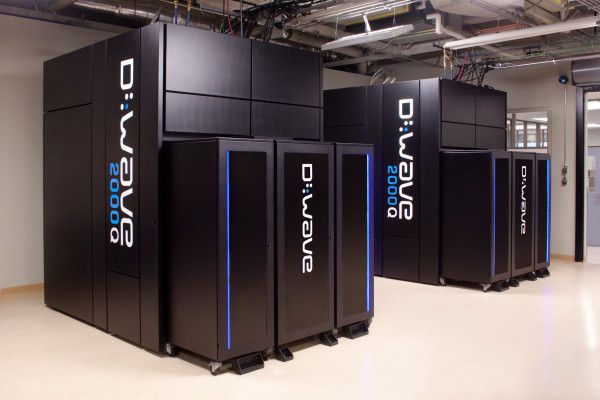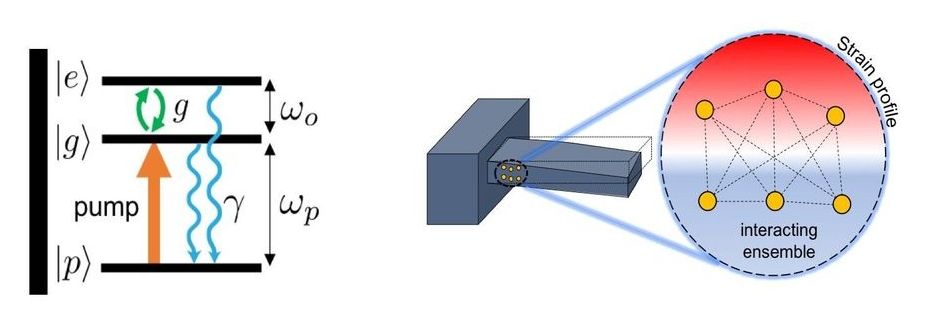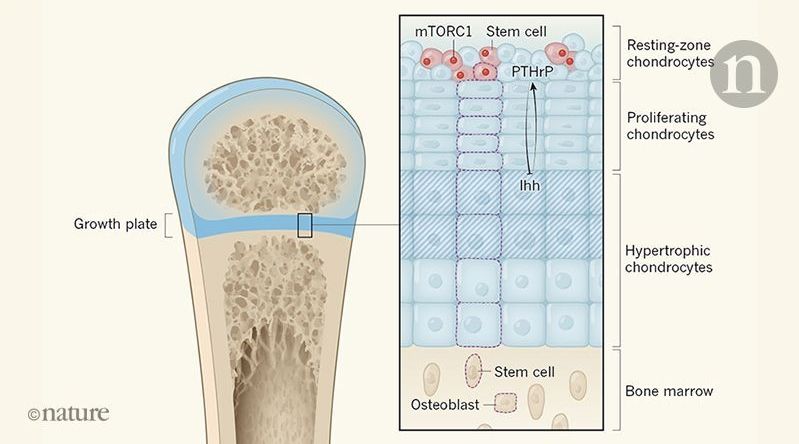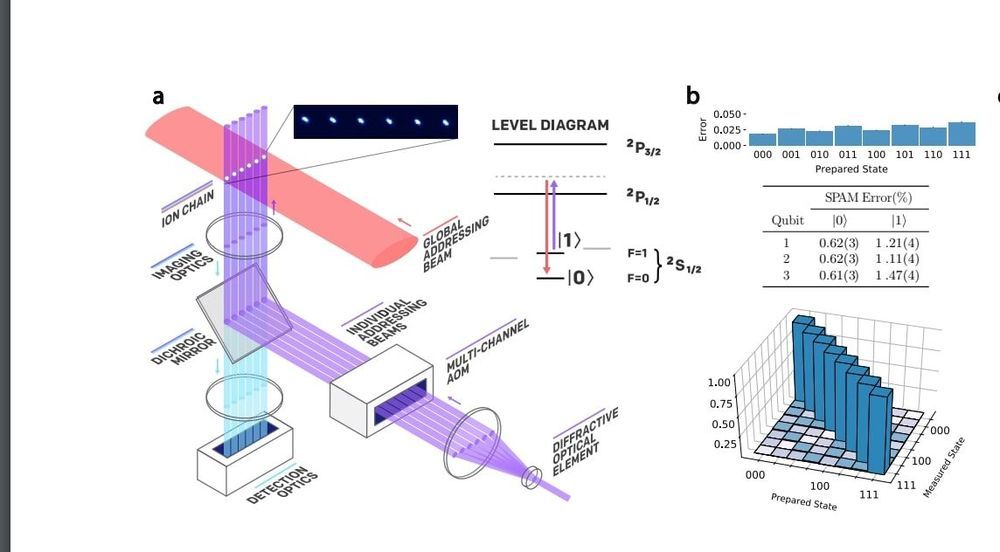Meanwhile, LIVE in Hollywood, FL today.
Brian Manning Delaney will join us with a presentation on “Navigating the Labyrinth of Dietary Restriction Methods.“
Followed with an Age Reversal Update by William Faloon.
William Faloon compiled the 1,500-page medical reference book Disease Prevention and Treatment, and his latest book is Pharmocracy: How Corrupt Deals and Misguided Medical Regulations Are Bankrupting America—and What to Do About It. He is also Director and Co-founder of the Life Extension Foundation.
To promote Life Extension’s innovative medical concepts, William Faloon has been featured in hundreds of media appearances including The Phil Donahue Show, The Joan Rivers Show, Tony Brown’s Journal, ABC News Day One, and Newsweek magazine.
Church of Perpetual Life, a science-based church is open to people of all faiths & belief systems. We are non-denominational & non-judgmental and a central gathering place of Transhumans. What unites us is our common faith, belief, and desire in Unlimited Life Spans.






